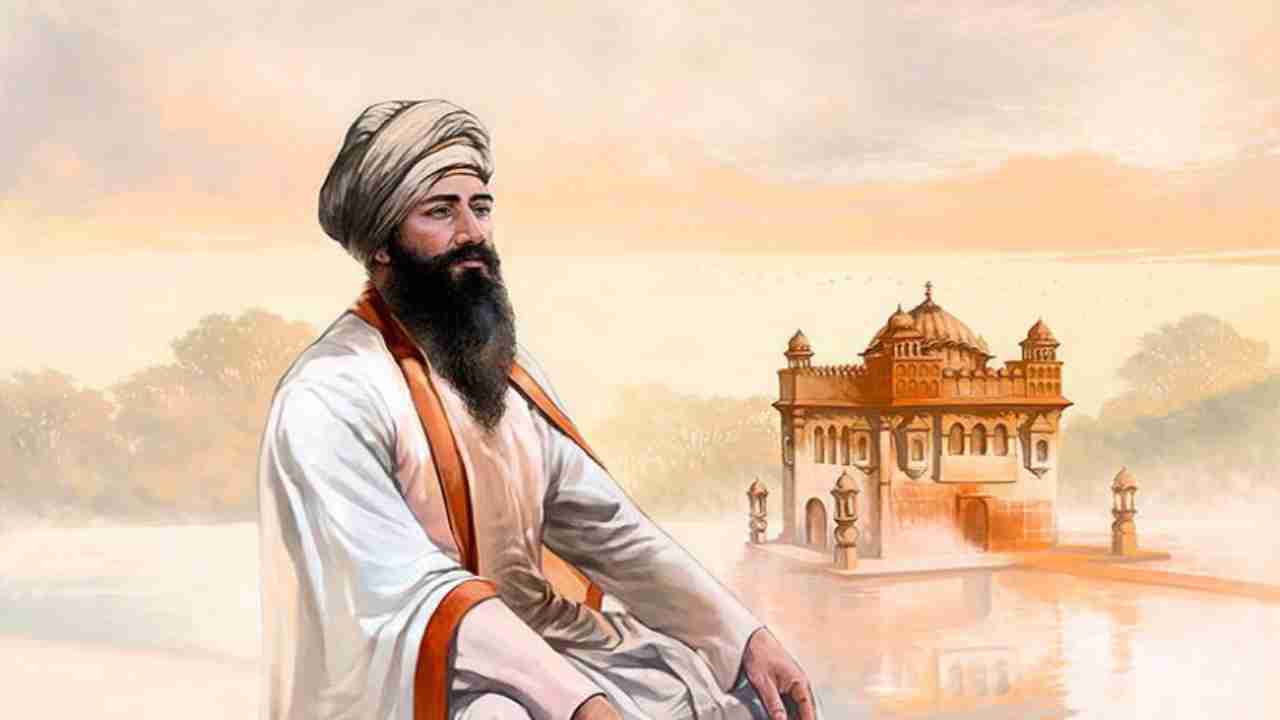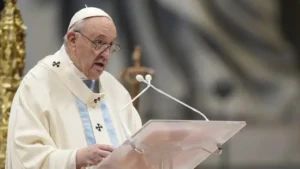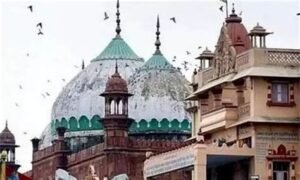Pope Francis and Regulators Sound Alarm on AI Risks
Remembering James McCaffrey: The Voice of Max Payne
7 step process to update your Aadhar online and offline
Krishna Janmabhoomi Temple in Mathura: A Saga of Devotion, Destruction, and Rebirth
Woman Asks Gujarat HC: Does Visiting Husband Twice a Month Not Fulfil Conjugal Duty?
Ram-Sita Portraits with Grains in Nepal: A Unique Artwork to Set a World Record
Guru Tegh Bahadur Martyrdom Day
A Day to Remember the Sacrifice of the Ninth Sikh Guru-Guru Teg Bahadur
Guru Tegh Bahadur, the ninth of the ten Sikh Gurus, was executed on November 24, 1675, by the Mughal emperor Aurangzeb for refusing to convert to Islam and defending the rights of the Kashmiri Hindus. His martyrdom is commemorated every year as Shaheedi Diwas or Martyrdom Day by Sikhs and other communities across the world.
Who was Guru Tegh Bahadur?
Guru Tegh Bahadur was born on April 1, 1621, in Amritsar, Punjab, as the youngest son of Guru Hargobind, the sixth Sikh Guru. He was a brave warrior, a learned scholar, a poet, and a spiritual leader. He composed 115 hymns that are included in the Guru Granth Sahib, the holy scripture of the Sikhs. He also founded the city of Anandpur Sahib, which became a center of Sikh culture and religion.
Why did he sacrifice his life?
In 1669, Aurangzeb, the sixth Mughal emperor, launched a campaign of religious persecution against non-Muslims, especially Hindus and Sikhs. He ordered the destruction of temples and gurdwaras, imposed heavy taxes on non-Muslims, and forced many to convert to Islam or face death. He also banned the practice of Hindu rituals and ceremonies, such as the sacred thread ceremony and the shaving of the head.
A group of Kashmiri Pandits, who were facing the threat of conversion or death, approached Guru Tegh Bahadur for help. The Guru decided to challenge the emperor and uphold the freedom of religion and conscience. He declared that if Aurangzeb could convert him to Islam, then all the Hindus would follow suit. He knew that this would mean certain death, but he was willing to sacrifice his life for the sake of others.
How did he die?
Guru Tegh Bahadur, along with some of his companions, was arrested and taken to Delhi, where he was tortured and pressured to embrace Islam. He refused to give up his faith and spoke out against the injustice and oppression of the Mughal regime. He was then beheaded in public at Chandni Chowk on November 24, 1675. His body was secretly taken away by one of his disciples, Lakhi Shah Vanjara, who cremated it at his house, which is now the site of Gurdwara Rakab Ganj Sahib. His head was smuggled by another disciple, Bhai Jaita, to Anandpur Sahib, where it was cremated by his son and successor, Guru Gobind Singh, who was then nine years old. The place where the head was cremated is now the site of Gurdwara Sis Ganj Sahib.
What is the significance of his martyrdom?

Guru Tegh Bahadur’s martyrdom is considered as one of the most heroic and noble acts in the history of humanity. He gave his life not for his own people or religion, but for the sake of another community and faith. He stood up for the universal values of human dignity, freedom, and justice. He is revered as the Srisht-di-Chadar (the shield of the world), the Dharam-di-Chadar (the shield of righteousness), and the Hind-di-Chadar (the shield of India) by Sikhs and others. His martyrdom inspired his son, Guru Gobind Singh, to create the Khalsa, the order of the saint-soldiers, who fought against the tyranny and oppression of the Mughals and other invaders. His martyrdom also inspired many freedom fighters and revolutionaries in the Indian independence movement, such as Bhagat Singh, Rajguru, and Sukhdev.
How is his martyrdom day observed?
On Guru Tegh Bahadur’s martyrdom day, Sikhs and other devotees pay their respects and homage to the Guru at various gurdwaras and historical places associated with his life and death. They recite his hymns, listen to his stories, and participate in prayer services and processions. They also perform acts of charity and service to the needy and the oppressed. They remember his teachings of courage, compassion, and tolerance, and pledge to uphold the values of human rights and religious freedom. They celebrate his martyrdom as a victory of truth over falsehood, of light over darkness, and of faith over fear.







